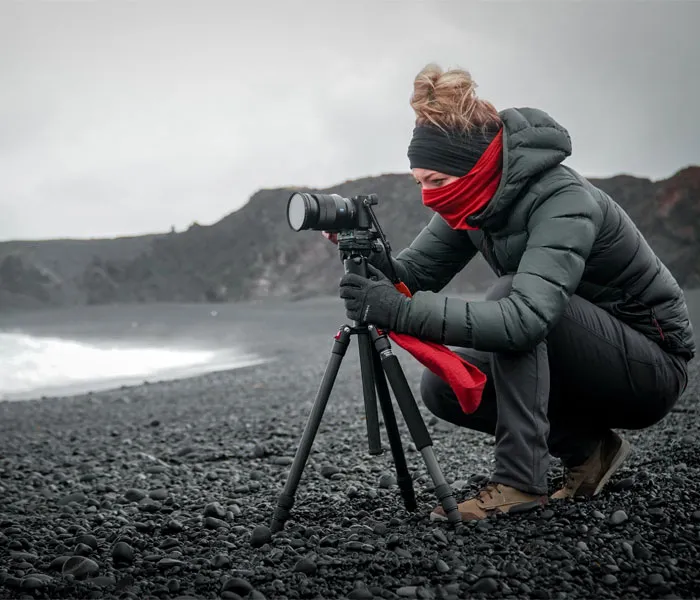- About UsAbout Us
About us
- Who We CoverWho We Cover
At PhotoShield, we support those within the photography industry with bespoke insurance policies, catered to their profession. From studio and film insurance to freelancers and agencies, we help you stay protected.
- Photographer InsurancePhotographer Insurance
For professional photographers, no two days are the same. So it’s important to make sure you have the right kind of cover to keep you protected while you’re working.
- Videography InsuranceVideography Insurance
Videography is skilled and sometimes demanding work. It takes time and dedication to amass the right camera equipment, contacts and working relationships to create a successful videography business.
- Photography StudiosPhotography Studios
We know your studio is more than just a place to work. It could be the heart of your business – we can help you protect it.
- Photography Equipment Hire CompaniesPhotography Equipment Hire Companies
We know your equipment is the lifeblood of your business. And when you rent it out, you have to trust others will take as much care of it as you would.
- Wedding Photographer InsuranceWedding Photographer Insurance
We make sure you can continue to focus on the big day knowing we have got you covered.
- Photographer InsurancePhotographer Insurance
- Our CoverOur Cover
PhotoShield provides insurance policies to cover liability, equipment breakdown and much more. Designed for those in the photography industry.
- Camera InsuranceCamera Insurance
As a Photographer, your Camera Equipment provides you with the tools to run your photography business and therefore having the right camera insurance in place to protect you is key. This is why we have worked with Hiscox, a UK leading Insurer, to put together a package where you can choose the Camera Equipment insurance policy that is right for you.
- Public Liability InsurancePublic Liability Insurance
As a Photography Business, whether working at your own studio or on location you are likely to require Public Liability insurance. Public Liability insurance provides cover for you against your legal liability to pay compensation, as well as any legal costs or expenses.
- Employers LiabilityEmployers Liability
Every employer – and employee – is different. When you run a photography business, you may have permanent members of staff or you may hire in freelancers on an ad hoc basis. Whichever way your business operates, you’re still responsible for the health and safety of all employees while they work for you.
- Professional Indemnity CoverProfessional Indemnity Cover
As a professional photographer or videographer, you will often work on contracts for clients. As a rule, these type of contracts will require you to carry out a specific project and deliver it within a set timeline. While these generally go to plan, have you considered what could happen if something went wrong?
- Personal Accident InsurancePersonal Accident Insurance
Many people fail to have contingencies in place should their personal income cease due to an accident. Personal Accident cover can relieve this burden for you and your nominated staff.
- Camera InsuranceCamera Insurance
- Contact UsContact Us
Contact Us
- News & ViewsNews & Views
News and Views

